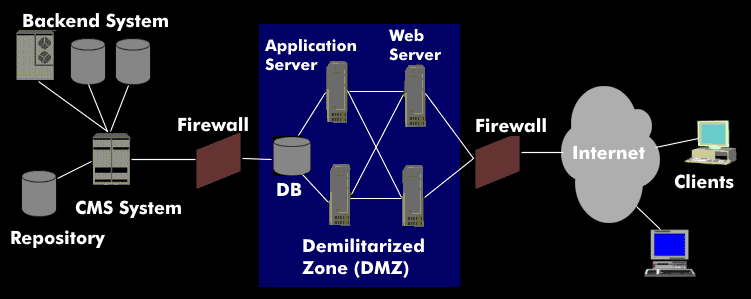content management system (CMS)
Content management systems(CMS) are systems for managing and administering content, especially website content. They hold the data in a media-neutral form and make structured content available to the various presentation platforms.
Over the years, CMS systems have evolved from web tools for creating and maintaining websites and web content to comprehensive information platforms on which all aspects ofe-business are handled. Such web-based systems are also known as Web Content Management Systems( WCMS).
While the first CMS systems in 1996 focused exclusively on the visual design of websites, additional functionalities were added later, such as the publishing of different content, the use of workflow, content management and more modern software architectures, Java-based. A further step was the dynamization of processes and workflows, personalization and the integration of applications. In addition, there were the various system versions for the enterprise sector, the Enterprise Content Management System( ECMS), and for the management and administration of websites, the Web Content Management System (WCMS). Examples of open source CMS systems are Wordpress, Drupal, Typo3 and Joomla.
Modern CMS systems have automatisms to be able to recognize errors in the content respectively in the offer. These release routines control the content, texts as well as images, automatically. Furthermore, they have a task management and workflow control. Efficient security mechanisms based on workflow, quality control with error detection and correction, and direct collaboration between content specialists and system programmers are among the requirements of a modern CMS architecture.
The CMS architecture
The architecture of content management systems (CMS) is characterized by the repository, a relational database for documents and metadata.
The content server communicates with this database and the user. For dynamic websites, the CMS system transfers the requested data to a database to which an application server has direct access. This server fetches the pages from the data storage and assembles them according to runtime. In the case of static pages, these are exported directly to the web server as HTML pages. The application and web servers are located in a demilitarized zone( DMZ), which is protected on both sides by firewalls.

